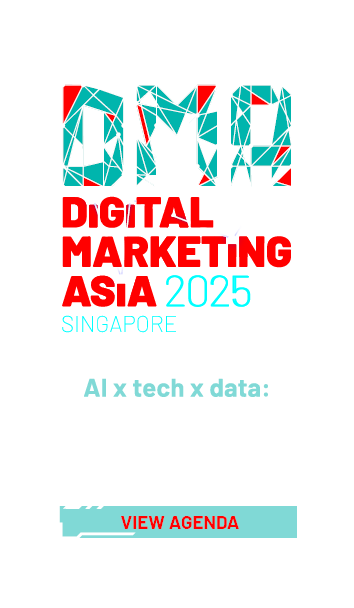



Study: HK's AI expectation gap widens despite widespread adoption
share on
Only 42% of consumers agree that brands’ personalised customer engagement is satisfactory, despite the widespread adoption of AI in Hong Kong, according to a Twilio study.
Twilio’s sixth annual State of Customer Engagement Report surveyed over 7,600 consumers and more than 600 business leaders across 18 regions including Hong Kong.
According to the report, a majority (87%) of Hong Kong brands now use AI to tailor experiences. Notably, 100% of these businesses affirm that AI is improving customer-facing operations such as support, marketing, and personalisation, leading to 87% observing increased customer spending as a result of these personalisation efforts, most typically by 30% to 39% more.
AI is also proving to be a crucial tool for Hong Kong brands to achieve tangible operational gains, with 67% of businesses reporting that AI is speeding up their response times, 63% citing improved data organisation, and 53% having seen higher customer satisfaction scores as a direct result.
However, the report also revealed a significant disconnect: while businesses are increasingly adopting AI and seeing clear returns on investment, customer perception has not kept pace, with a mere 17% of Hong Kong consumers feeling brands personalise customer engagement frequently.
This figure starkly contrasts with the regional average of 41% and carries substantial implications, as 74% of local consumers state they will abandon purchases if engagements feel impersonal.
While 87% of Hong Kong brands rate their personalised customer engagement as ‘good’ or ‘excellent’, only 42% of local customers agree. This marks a widening gulf, as customer satisfaction has dropped from 44% in 2024.
AI-powered engagement aims to anticipate customer needs, create consistent experiences, and make customers feel genuinely understood. However, for many consumers, this level of relevance remains the exception rather than the rule.
This disconnect is partly because consumer preferences are evolving rapidly, with 57% of Hong Kong brands citing keeping pace with rapidly changing customer preferences as their primary challenge in customer interactions, said the report.
The increase in AI adoption also leads to “AI fatigue”, with 47% of Hong Kong customers feeling exhausted by the sheer volume of discussion around AI, according to the report. This suggests that despite the high acceptance of AI in the region, consumers continue to value human involvement and control in their interactions with brands.
In fact, a substantial 67% of Hong Kong consumers deem it important for AI-powered interactions to be human-like, and half (50%) still prefer to speak to a human agent when it is needed, indicating that AI alone will not suffice in meeting evolving customer expectations.
Additionally, 83% of consumers want control over their personalisation settings and the ability to choose how brands communicate with them, rather than having AI or agents automatically assume their preferences.
There is a clear need for brands to craft engagement strategies that truly resonate. Fortunately, businesses have a major opportunity to close this gap. By adopting the right approach, brands can tap into the 87% of local consumers who say they are more likely to make purchases when engagements are personalised in real time.
Seamless handoff process from AI chatbot to human staff
"AI has unlocked unprecedented opportunities to personalise customer experiences - but technology alone isn’t enough. Our research reveals that while Hong Kong brands are embracing AI to deliver better experiences, customers aren't feeling the full benefits yet," said Billy Chan, new business director of Twilio in Asia.
"In today’s fast-evolving landscape, lasting customer loyalty demands more than just technology. It requires a human touch. The brands that will lead are those that can deliver personalisation at scale, with transparency, trust and a customer journey that puts people firmly in control,” he added.

In terms of how marketers can bridge the expectation gap between consumers and brands, Nicholas Kontopoulos, vice president of marketing told MARKETING-INTERACTIVE, that brands should not be thinking about how to cut staff with AI adoption, but how to use AI to increase the output and capabilities of existing employees.
“So for me, I will look at how AI can help me improve my output. I think it's helped me improve my output by about 20%. If that's the case, how do I deploy that capability across my team so I can increase their output and use that increased capacity to then focus on new things, new areas of focus for them to drive value for the business?”
When asked how brands can design a seamless handoff process from an AI agent to a human employee for complex customer inquiries, Christopher Connolly, director, solutions engineering, APJ, Twilio, said the company strongly advocates for upfront consent and transparency when interacting with AI.
“For visual content, such as AI-generated images, clear labelling helps distinguish them from real photographs. But when it comes to AI in customer service—especially phone calls—the challenge grows. As AI voices become more realistic, it’s essential to clearly disclose that the call is AI-driven and obtain informed consent. There should always be an option to speak with a human, with minimal wait time.”
Connolly said Twilio also supports seamless handoffs to human agents, with full context passed along, whether the interaction was via voice, text, or video. He said the company also promotes clear AI labelling through tools such as NutritionFacts.ai, helping users understand the AI systems they’re engaging with.
Related articles:
Survey: 65% of HK businesses implement AI-based learning initiatives
Survey: 88% of HK businesses mull automating more customer interactions
share on
Free newsletter
Get the daily lowdown on Asia's top marketing stories.
We break down the big and messy topics of the day so you're updated on the most important developments in Asia's marketing development – for free.
subscribe now open in new window
